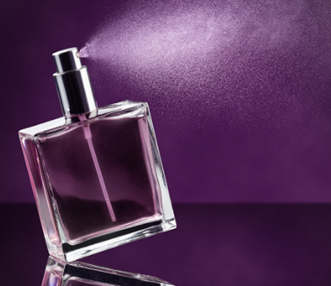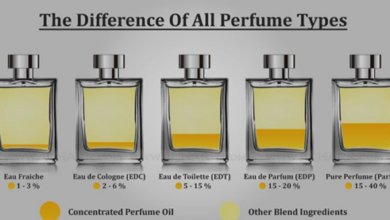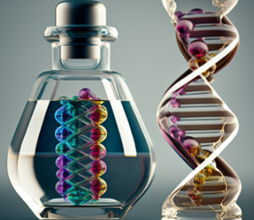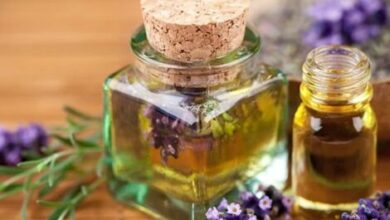Fragrances: A Symphony of Nature and Science
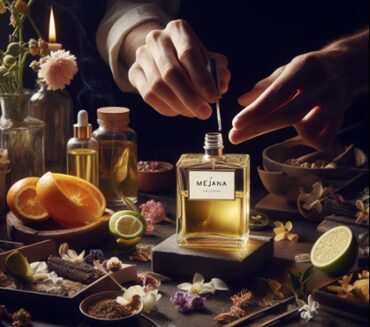
Perfumes have held a significant place in human life for centuries. The unique scent of each perfume is created by carefully blending raw materials, essences, and fragrance components derived from nature and laboratories. These raw materials, often sourced from plants, animals, minerals, and synthetic compounds, determine a perfume’s longevity, intensity, and character. Let’s delve into the detailed world of perfume raw materials and essences.
- Natural Raw Materials A significant portion of perfume ingredients is derived from natural sources. Natural raw materials can be broadly categorized into plant and animal-based materials.
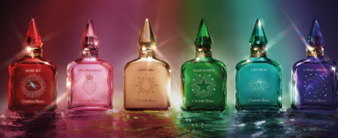
a. Plant-Based Materials Plants are the most commonly used raw materials in perfumery. Essential oils extracted from various parts of plants form the foundation of a perfume’s scent. Some examples of plant-based materials include:
- Flowers: Flower-derived essential oils are among the most important components of perfumes. Roses, jasmine, lavender, ylang-ylang, orange blossom, lily, and violet are frequently used in the top and middle notes of perfumes. Floral essences add a soft and romantic touch.
- Trees and Woody Plants: Sandalwood, cedarwood, patchouli, and vetiver are woody plants used in the base notes of perfumes. The essences extracted from these plants provide depth, warmth, and longevity to a perfume. Sandalwood, in particular, is a preferred ingredient for exotic and long-lasting fragrances.
- Fruits: Citrus fruits like oranges, bergamot, lemons, and grapefruits hold a prominent place in the perfume world. Fruit essences give a fresh and vibrant feel to a perfume. These essences are often used in top notes.
- Spices: Spices such as black pepper, cinnamon, cardamom, ginger, and cloves create a warm and spicy scent in perfumes. Spices are frequently used in oriental and exotic perfumes.
- Resins: Resins obtained from tree sap provide depth, sweetness, and longevity to perfumes. Myrrh, frankincense, benzoin, and labdanum are used in oriental and mystical fragrances. Resins also add a soft and smoky touch to a perfume.
b. Animal-Based Materials In the past, certain animal-derived substances were used in perfumery to provide both fixity and character. These substances were typically secretions obtained from animals. However, due to ethical reasons, animal-based materials are now often synthetically produced. Some well-known animal-based materials include:
- Musk: Musk has been a highly valued ingredient in perfumery throughout history. In the past, it was obtained from the musk deer. Musk acts as a fixative, increasing the longevity of perfumes. Today, musk is synthetically produced.
- Ambergris: Ambergris is a substance naturally obtained from the digestive system of sperm whales. Found floating on the sea surface, it develops a soft fragrance over time. Ambergris is used in perfumes as both a fixative and a source of sweet, woody scent. Today, synthetic versions are preferred.
- Civetone: This substance is a secretion from a type of African cat. It provides an intense and animalic scent in perfumes. However, due to ethical reasons, it is now synthetically produced and used.

- Synthetic Materials The perfume industry underwent a significant revolution in the 19th century with the discovery of synthetic materials. Synthetic raw materials enabled the creation of scents that were either nonexistent or difficult to obtain from natural sources. Additionally, they contribute to the conservation of natural resources. Synthetic compounds are often produced by mimicking the chemical structures of natural substances, and in some cases, entirely new scents are created.
- Aldehydes: Aldehydes are among the most famous synthetic perfume components. Used in iconic perfumes like Chanel No. 5, aldehydes provide a bright, clean, and soapy scent. These molecules give the perfume uniqueness and long-lastingness.
- Vanillin: Obtained from natural vanilla, vanillin is commonly used to provide a sweet and creamy scent. Synthetic vanillin is a compound that can replace vanilla extract and provides sweetness in the base notes of a perfume.
- Coumarin: Coumarin is a synthetic substance used in perfumes, offering a sweet, vanilla-like scent. While coumarin can also be obtained from natural plants, it is usually produced synthetically and is preferred for sweet perfumes.
- Linalool: Linalool is a natural compound found in lavender, citrus fruits, and spices, but it is also produced synthetically. It imparts a fresh, floral scent to perfumes and is often used in top notes.
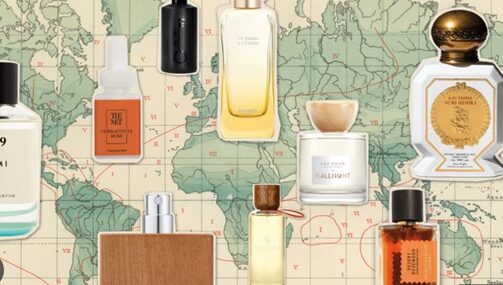
- Fixatives Fixatives are essential components that ensure a perfume’s longevity. They allow the volatile components of a perfume to release slowly, making the scent last longer. Fixatives can be both natural and synthetic.
- Amber: Amber is used in perfumes both as a fixative and a base note. Used since ancient times, amber provides a sweet and warm scent. Natural amber is obtained from resins, while synthetic amber is more commonly used in modern perfumes.
- Musk: As mentioned earlier, musk is one of the most commonly used fixatives in perfumes. The sweet and intense scent of musk blends perfectly with other notes and enhances the perfume’s longevity.
- Resins and Balsams: Myrrh, frankincense, and benzoin are resins that enhance the longevity of perfumes. These resins add a smoky and mystical air to a perfume, allowing other notes to be perceived for longer.
- Fragrance Structure and Notes A perfume is created by layering various essences. These layers provide depth, longevity, and evolution of the scent. A perfume typically has three main notes: top, middle (heart), and base notes.
- Top Notes: These are the scents you perceive immediately after applying the perfume. They are usually light and volatile. Citrus, fruits, lavender, and light florals are commonly used in top notes. Top notes create the first impression of the perfume and usually fade within a few minutes.
- Middle Notes (Heart Notes): These notes emerge after the top notes fade. They form the main character of the perfume. Floral, spicy, or herbal scents are concentrated in this section. Rose, jasmine, ylang-ylang, and patchouli are examples of middle notes.
- Base Notes (Base Notes): These are the longest-lasting part of the perfume. Base notes are usually woody, resinous, or animalic. Scents like musk, sandalwood, amber, and vanilla are found in base notes and provide depth to the perfume.
